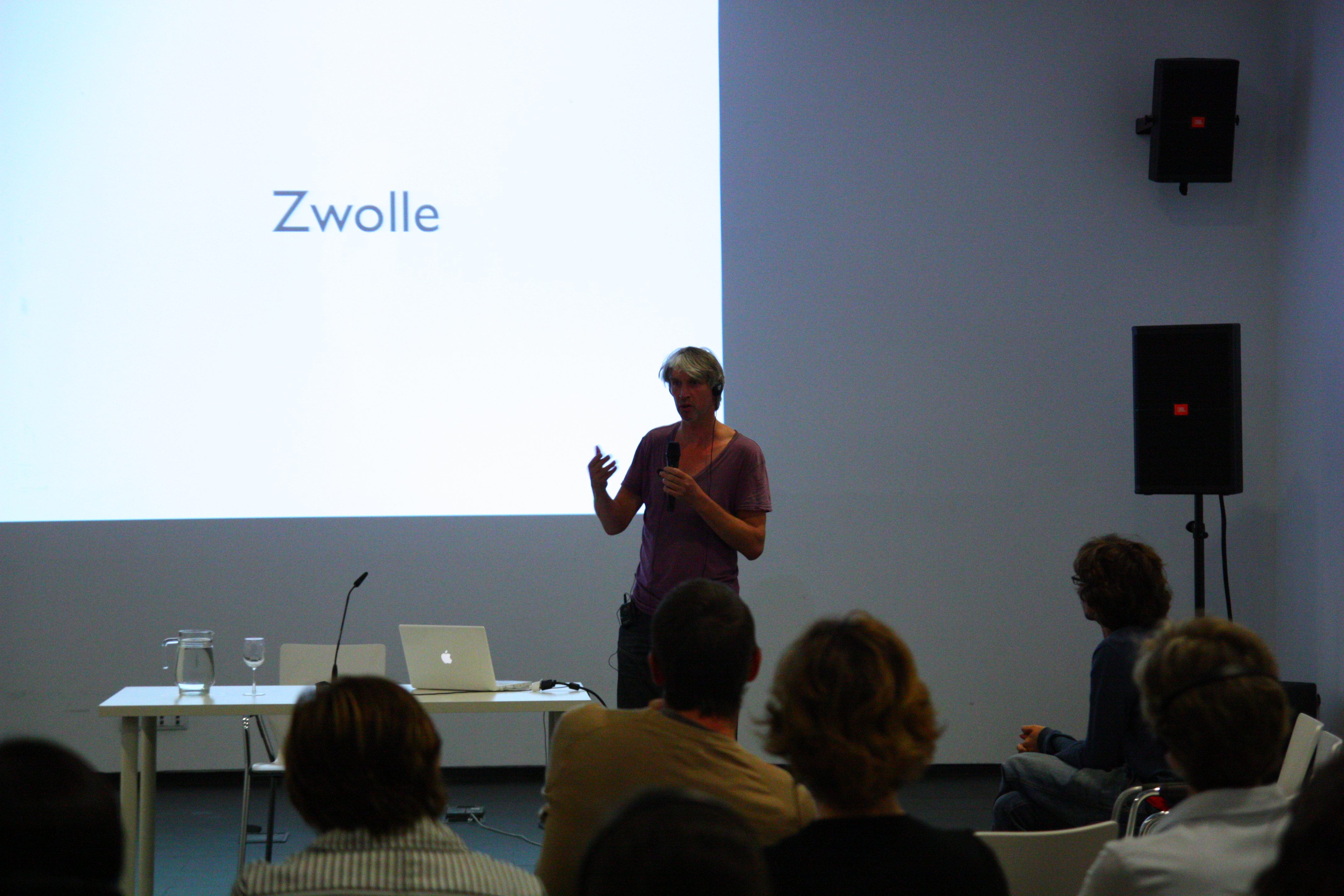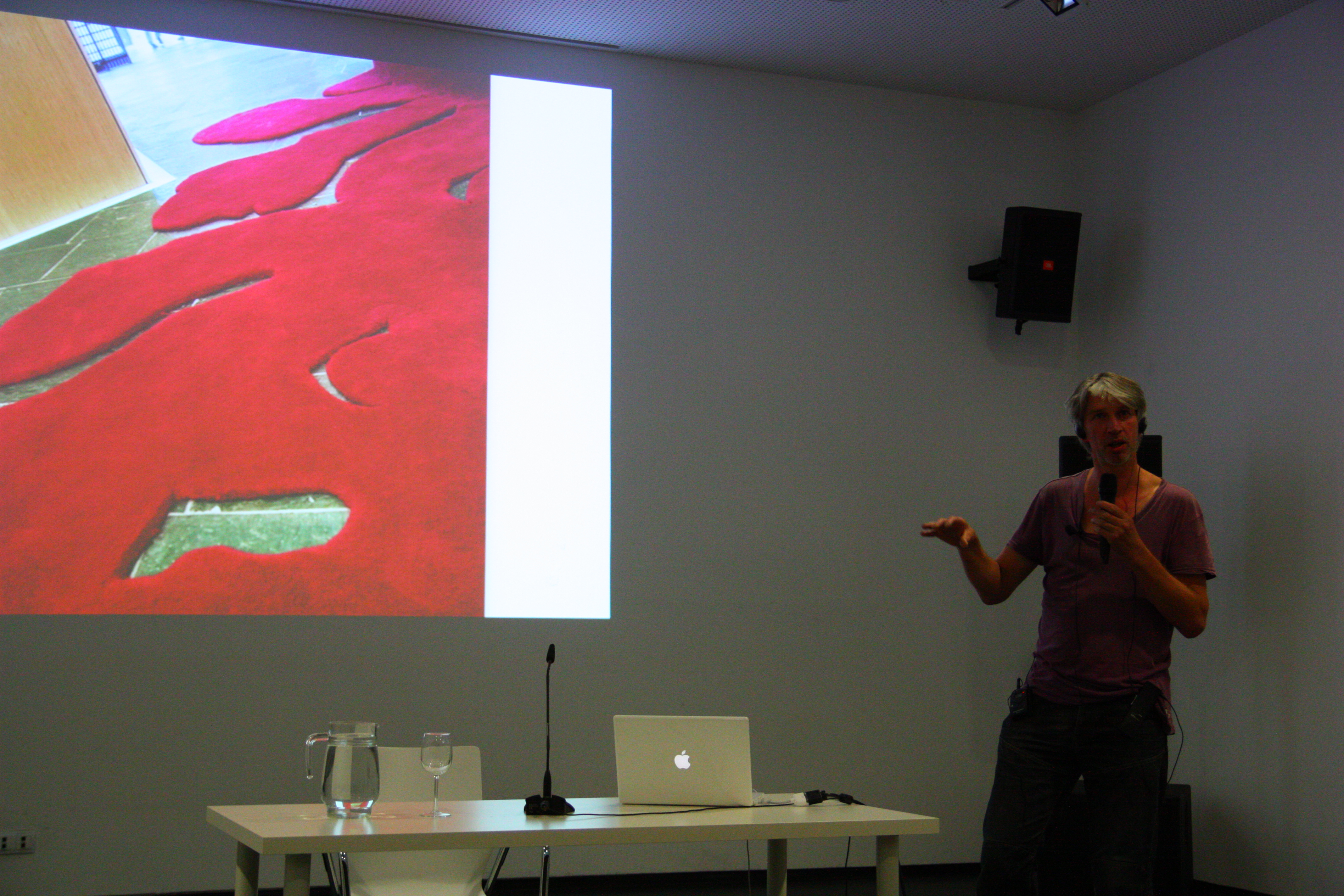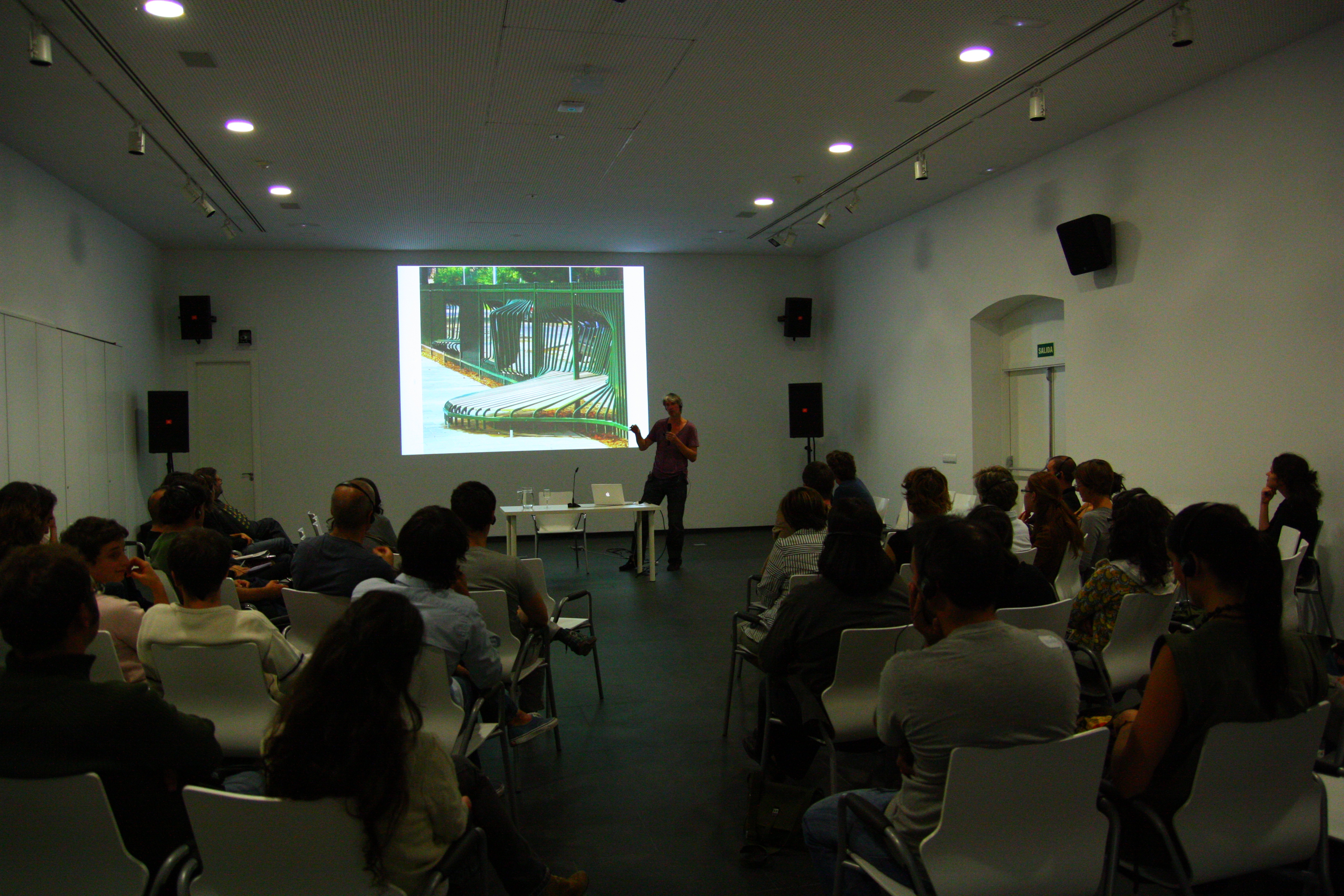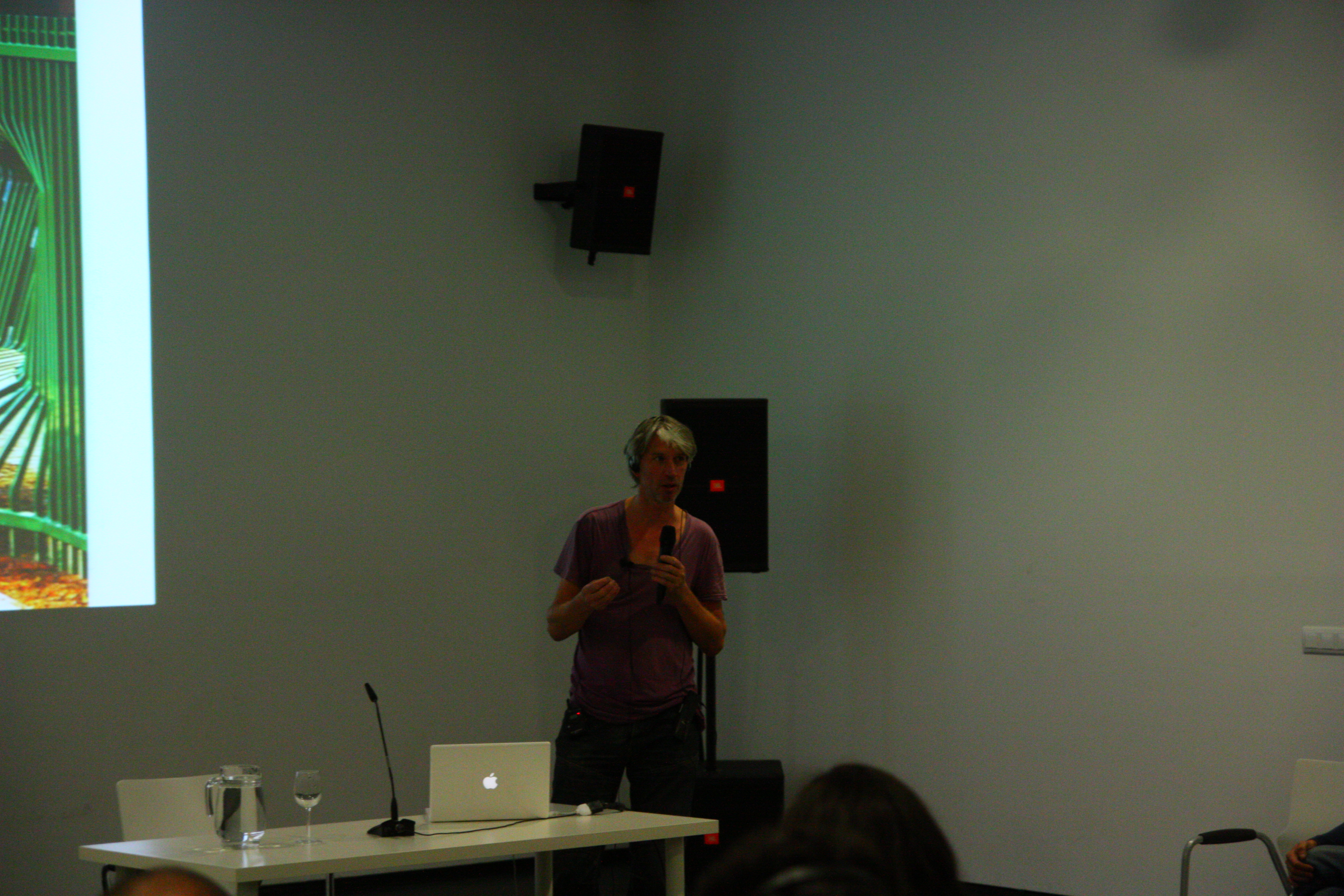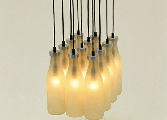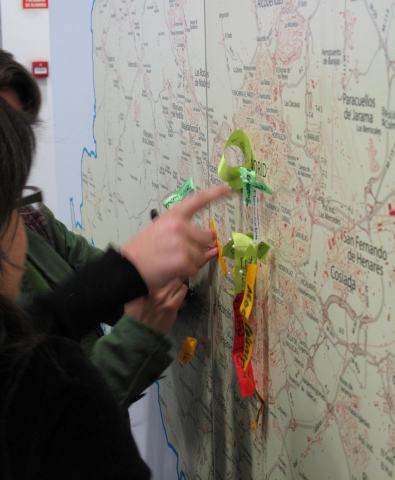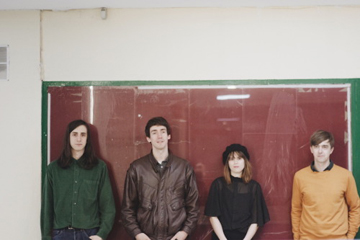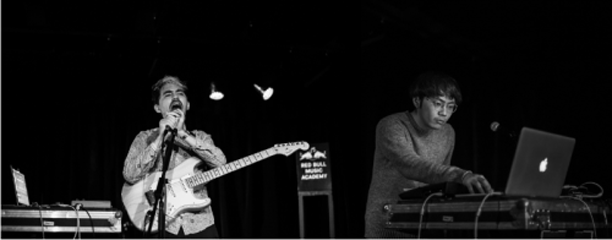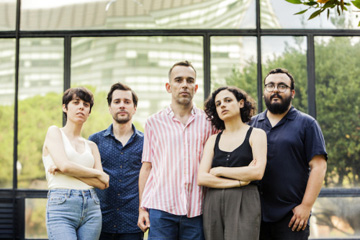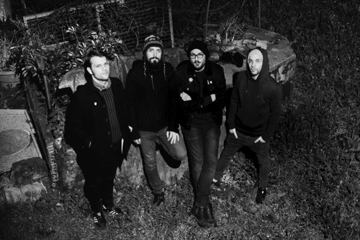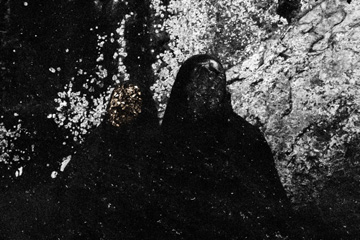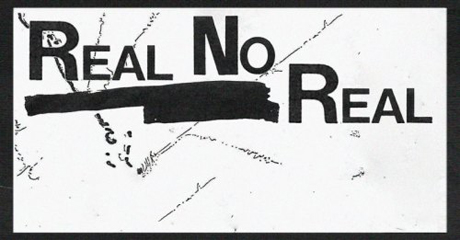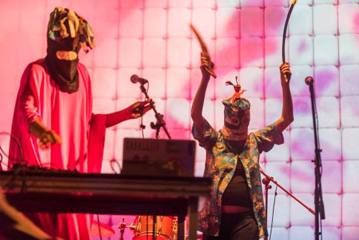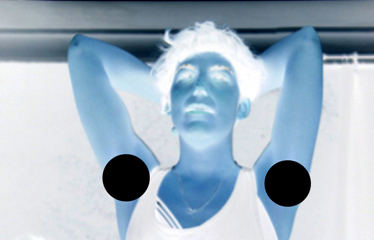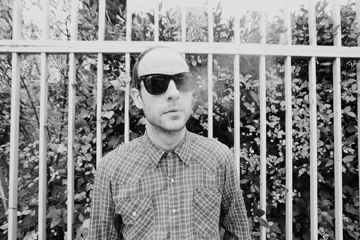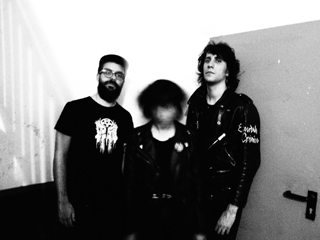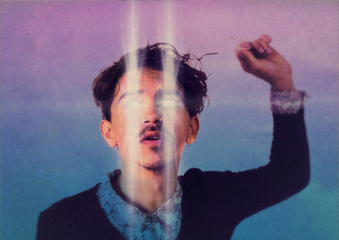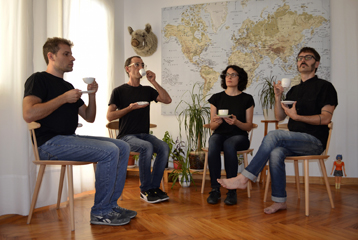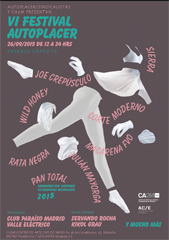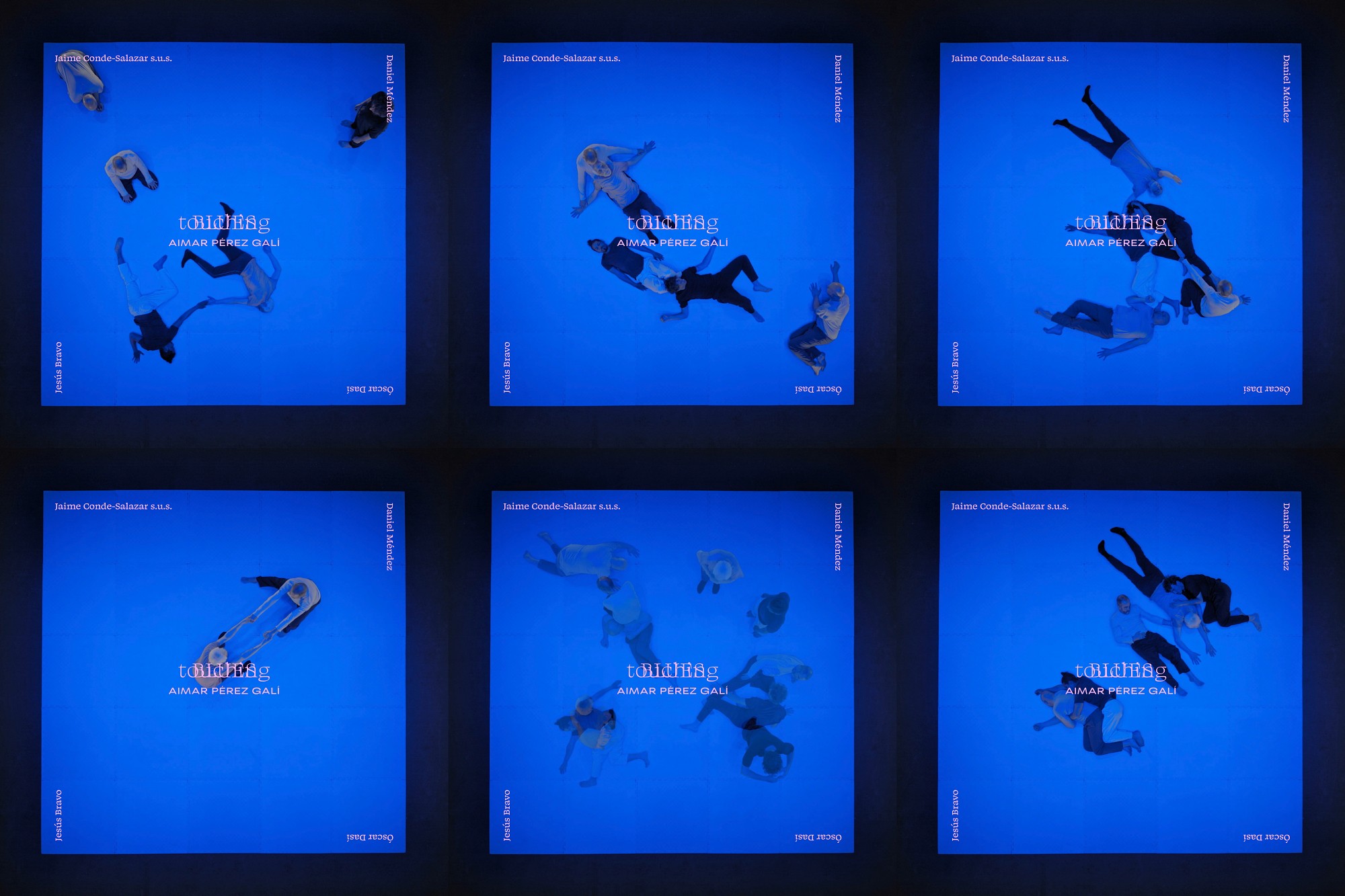The Autoplacer/Sindicalistas collective is now presenting the 7th Autoplacer Festival. Scheduled for Saturday 1 October, this free festival is aimed at the whole family and lasts all day long with a programme of live concerts featuring some of the best groups from the Spanish indie and underground scene. Besides the nine concerts taking place on three different stages, the festival also has a dance floor with live and DJ sessions by two indie collectives from Madrid, a space for audiovisual projections and an area set aside for various guest projects related with self-publishing showcasing a whole load of self-published records, cassettes, t-shirts, books, fanzines and comics and all kinds of underground merchandising
PROGRAMME OF CONCERTS
JUVENTUD JUCHÉ. Juventud Juché’s first contact with Autoplacer was three years ago in the Extramuros series of concerts which the collective organised for the exhibition Pop Politics at CA2M. Since then this Madrid-based trio have never stopped giving incredible live performances that have seen them grow and develop on stage. Their first LP,Quemadero, an abrupt exercise in art-punk, was followed this year by Movimientos, acclaimed by many as the album of the year, produced by Ian Crause, leader of the mythical Disco Inferno.
http://juventudjuche.bandcamp.com

ARIES. Alter ego of Isabel Fernández Reviriego, Aries is an electronic excursion into homespun pop that entwines classic and modern musical traditions with a freshness and aplomb hard to find elsewhere. The powerful melodies with a strong sixties undertone, bringing to mind Brian Wilson and West Coast psychedelic sounds, are mixed with smooth electronic sounds. Aries manages to break away from the long shadow of her former group Charades, shifting her songs to more fertile ground, and throwing off the shackles of stylistic branding.
https://aries.bandcamp.com
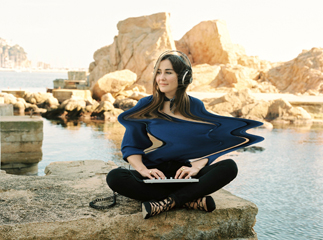
PAPAYA is Yanara Espinoza or, in other words, a project that came about in summer 2014 from this Canary-born, Chilean-Spanish artist (also in Violeta Vil). Papaya boasts a varied, no-holds-barred repertoire built on her dark, androgynous voice and her highly personal mise en scene (accompanied by Sebastián Litmanovich and Miguel Aguas). Her album No me quiero enamoraris a multicolour collage that throws up everything from a bolero to disco, new wave, or evocative dark or Caribbean ambiences …
https://jabalinamusica.bandcamp.com/album/no-me-quiero-enamorar

ESMERALDO. Esmeraldo came about when Santiago Castillo decided to spend his holidays at the Master Flux recording studio (Paco Loco). The plan was simple: to start recording without knowing what would happen with the songs. That session ultimately gave rise to five cuts from which an EP was released called Campamento Flúxor. Since the release, Esmeraldo became a fully-fledged group with Elisa (keyboards and backing vocals), Luis (bass), Arturo (drums) and Castillo himself on vocals and guitar.
http://esmeraldo.bandcamp.com

ALARIDO MONGÓLICO. Alarido Mongólico is a multidisciplinary project embracing music, video and love. A love child created by the producer Andrés Agulla and the designer Joel Blanco. After a few years of silence, Alarido Mongólico is back from the wilderness with new singles and videos that introduce a twist towards a more electronic sound, released digitally by Ferror Records (Ferrol) and Ruggle Records (Madrid). They have recently released the new videoAlarido Mongólico (ha llegado a la ciudad)for the first group’s physical release Alarido Mongólico is back, in cassette and digital.
https://www.facebook.com/mongoword
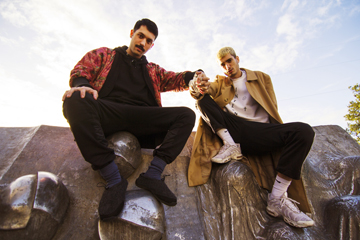
DOPPELTGÄNGER. Doppeltgänger is the one who walks alongside you, by your side. Like the dark underbelly that nobody wants to see. Walking parallel with a wickedness even wickeder than your own. A Madrid-Portugaletetarra duo thrashing away in the cold wave, the no wave, and minimalist, instrumental synth-punk. Over the last year, this project by ex-members of Gone With the Pain, Juanita y Los Feos and Afilador, has gradually defined its style with an intense, in-your-face darkness distilled with the single goal of transporting us to another dimension with its cool atmospheres and textures.
https://doppeltganger.bandcamp.com

ALBERTO ACINAS. Alberto Acinas is viewed by many as nothing less than an underground legend who combines painting with sound. His music is known for tackling head-on the folklore tradition of centre-north Spain sprinkled with a little bit of flamenco but from a contemporary perspective and attitude, with a decidedly experimental slant. The lyrics, largely autobiographical and existentialist, are charged with irony but also sincerity and poetry.
https://albertoacinas.bandcamp.com
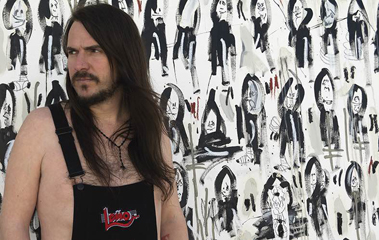
SALFUMÁN. Salfumán is the handcrafted electronic pop project by Sandra Rapulp, vocalist and producer from Valencia. The idea behind Salfumán is to create a hypnotic sexy atmosphere to make you dance, whether at home, at a club or at a festival. The nostalgic melodies weave a dream-like weft, at times dark, from a sound that swings between synth-pop and ambient, with a strong influence from disco, r’n’b and 80s sounds, seasoned with a subtle electronic backbeat that doesn’t settle down in any given bit.
https://salfuman.bandcamp.com
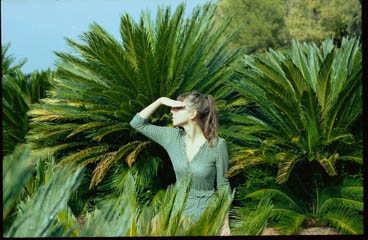
CAPTAINS. (Winners of the Autoplacer 2016 competition) The producer David Baldo and the German singer Fee Reega met in January 2015 with the idea of recording some of Fee’s songs only to end up creating a completely new project. Shortly afterwards the group was rounded off by Oskar SD on drums and Aaron Dall on bass. Though they wanted to create a new sound all of their own, their songs are also influenced by electronica, postpunk and folk rock, with lyrics that speak of rebellion and catharsis.
http://bandcaptains.bandcamp.com
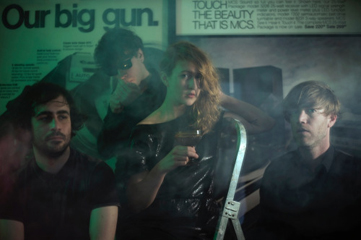
AND ALSO...
DANCE FLOOR
VALLE ELÉCTRICO. Valle Eléctrico is a cultural platform founded to lend visibility to music groups whose sound is built on the synthesizer. The collective not only organises mini-festival events focused on showcasing new names from abroad and providing a platform for the local scene, but also includes various self-publishing formats by means of projects such as the vinyl Pelea de Gatos or the publication of Synthzine.
http://valleelectrico.tumblr.com
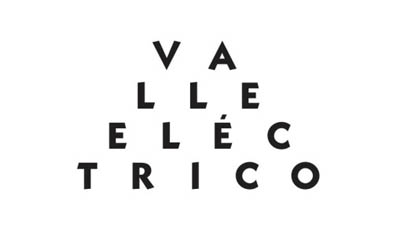
WI-FIJI. Influenced by RnB, rap and club music Wi-Fiji is a young producer from the generation of the 90s currently settled in Madrid (Spain). Despite his little time on the scene his praises have already been sung by Paralelo3 (RNE3), Red Bull Music Academy Radio, RinseFM, etc.
https://soundcloud.com/wifiji
MK MILK. Miguel Tortajada is one of those elements in the Madrid scene that always attracts attention. Countless endless nights are indebted to his tireless activity as a pioneering promoter and DJ of drum and bass in Madrid and indeed in such far-flung as Las Vegas, Sao Paulo, Cape Town and Shanghai.
https://www.mixcloud.com/mkmilk/
JOSEPH has collaborated with BSN Posse and is a creative member of VLTRA. Producer and singer in his main facet, settled in Malaga. Joseph is an eclectic artist who likes exploring different styles from the same groundbase. Focusing on sound itself as a trend, rather than the on-trend sound of the moment.
http://www.josephlab.org/
ABISMAL. Abismal is a self-managed project of experimental music and transformation. It has run events, parties and releases, and in all of them it has done its utmost to create an experience of cohesion and metamorphosis: creating a playful space that alters the perception of anyone who enters it.
http://www.abismal.net
PERSONAL MYTHOLOGIES. Collaborator in events with Abismal and Post Club right from the beginning, offering completely improvised live sets of industrial techno backed up by simple self-made sequencers in the Max/MSP environment.
http://hoodedrecords.bandcamp.com
INRI3721 (Visuales). A performer and visual artist, working with Abismal since 2013. Has published photos and videos in fashion mags like Stick and Stones and El País Tentaciones and has performed in galleries and clubs in Brussels, London and Berlin.
http://inri3721.net/
VULKER is multifaceted, multidisciplinary, chameleonic, creative and a constant whirlwind. A resident DJ and founding member of Minitel’s Nights of Love and Electronica, which is now kick-starting its seventh season in Madrid. Techno DJ, resident at clubs At Substation and Grupo Hot Madrid, in Spain’s underground scene and various cities throughout Europe.
www.soundcloud.com/vulker
AUDIOVISUAL ENCOUNTER
PROCESADORA is an audiovisual fanzine which has filled the Radio 3 Extra web with videos. Keeping one ear to the ground, it stays abreast of changing trends, creation, philosophy, actions taking place here and there, now. A programme which is a rehearsal, a collage, a moving photo of realities that escape around the edges, paying special attention to projects with girls, with gender, networks, trans, pop culture …every Monday, for a year, one 3-minute video is a page in a mutant fanzine always in the making.
Procesadora is now taking a well-earned break, with the firm belief that the pages will keep on filling up with images and sounds.
Created by Toña Medina and Ángeles Oliva for Radio 3.
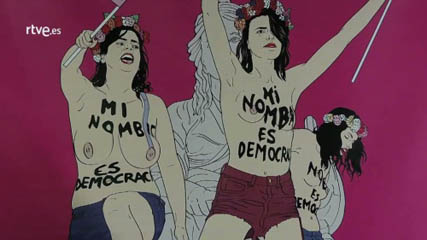
RADIO STATION
SILLY EUROPEANS is a collaborative and polymorphic project by Machines Désirantes Buró, a Madrid-based studio for creation and developing ideas. First of all it took the format of sound experimentation, with which it propagated over the radio waves of a podcast, a torrent of compiled images and sounds, a compendium of adventures, interviews and sound documents of all kinds that range from urban recordings to musical performances, assembled in a collage of imperfect beauty. The diversification of the project by these restless souls has led to work with other formats like publications, happenings and parties in which one can see clear lines of flight: alterity, urgency, randomness and nomadism are familiar anchors of style and intention, homemade experimentation, deformation, play and humour.
http://sillyeuropeans.tumblr.com/
Vermouth Session with LEVADURA SALVAJE
GUESTS PROJECTS
Ultralab/Bombas para desayunar/La integral/Manu Griñón/Plastilina Records/Sisterhood
Admission free. More info on http://autoplacer.tumblr.com/post/145348641066/vii-festival-autoplacer-2016


